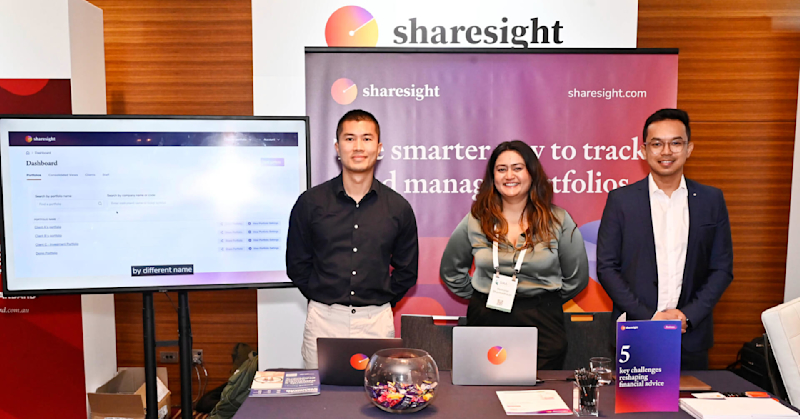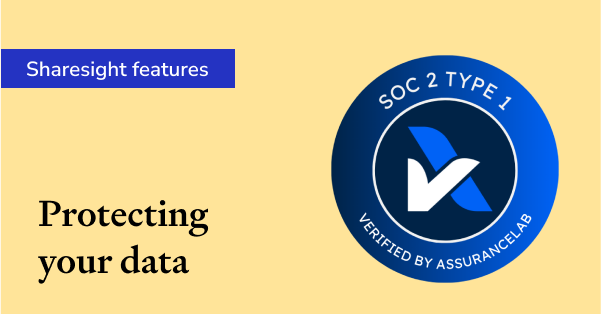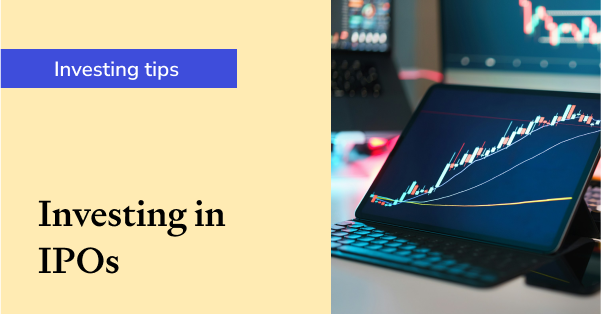When are dividends paid by stocks?
The below article is for informational purposes only and does not constitute a product recommendation, or taxation or financial advice and should not be relied upon as such. Please check with your adviser or accountant to obtain the correct advice for your situation.
Companies pay dividends to shareholders as a means of sharing profits and rewarding their investment in the company. Dividends are usually paid twice a year although not all companies pay dividends and, for those that do, this payout may vary from very generous to very little distribution to investors. Some companies may decide to retain their earnings for re-investment in growth opportunities instead. If a company does choose to distribute a dividend, then generally both the date and the amount is determined on a quarterly basis, after the board of directors meets to review the company's financial position and income statement.

When do companies declare a dividend?
To determine whether they will get a dividend, investors should look at two important dates. Depending on the country, these are the "record date" or "date of record" and the "ex-dividend date" or "ex-date." These dates refer to the date by which an investor must be on the company's books as a shareholder to receive the dividend and the date when investors need to have purchased the stock by in order to be recorded as the owner on the record date.
It is worth noting that a company's share price will often fall by approximately the amount of the dividend on the ex-dividend date, which reflects that buyers from that date onward will not be eligible to receive that particular dividend. The payment date is, as the name suggests, the date the company pays the dividend to shareholders, usually four to eight weeks after the ex-dividend date. Finally, investors should be aware of the declaration date, which is the day a company officially announces its board of directors has decided to make a dividend payment in the future.
How are dividends paid out?
Dividends are usually paid in the form of a dividend cheque or other form of payment, but they may also be paid in additional shares of stock. In some markets, shareholders are given the option to reinvest dividends in the form of additional shares in the company, rather than in cash.
In the US, the standard practice for the payment of dividends used to be a cheque that was mailed to stockholders a few days after the ex-dividend date. These days paper stock certificates and dividend cheques are much less common as most investors hold stock electronically through a brokerage account. This allows any dividends paid by the stock held in a brokerage account go directly into that account, which makes tracking and accounting for dividend payments much easier for investors.
Sometimes a company pays a dividend in the form of stock rather than cash. This dividend may be additional shares in the company or in a subsidiary being spun off. The procedures for stock dividends may be different from cash dividends and it is best to research the specific rules for each market you invest in. Dividends are usually considered taxable income regardless of the form in which they are paid.
What are Dividend Reinvestment Plans (DRPs)?
Dividend reinvestment plans, sometimes referred to as DRIPs or DRPs, allow investors to reinvest their cash dividends in favour of acquiring new shares in a company. Sometimes companies will offer DRP shares at a discount to their listed share price at the time to encourage shareholders to continually re-invest in the company.
Generally, when investors buy shares in a company that offers a DRP, they are contacted and asked whether they wish to participate in the plan and advised how to go about doing so. Because a DRPs allows for direct acquisition of shares from the company itself, sometimes at a discount to the market value and with no brokerage fees, they can be very attractive to investors. However, there are both pros and cons to consider.
Investors should also be aware that companies have the option to retract a DRP at any time so there are no guarantees that shareholders will be able to keep reinvesting their dividends or receive future dividends.
Types of dividends
There are two main types of dividends:
Regular dividends are the type companies pay out consistently over time as part of their recurring earnings. More established listed companies generally try to pay a regular dividend that they expect to pay out consistently, regardless of whether they’ve had a good or bad year. These are paid quarterly.
Special dividends, sometimes referred to as an extra dividend, are non-recurring, ‘one-time’ payments. These are distributed by a company to its shareholders separate from the regular cycle of dividends and are usually far larger amounts than typical dividend payments. For example, a company might pay a special dividend after a string of highly profitable quarters or because it sold off some assets and doesn't have an immediate use for the money. Achieving a particular company milestone can also trigger a special dividend.
Which companies pay dividends?
Not all companies pay dividends, but a large percentage of them do. For example, roughly 80 percent of stocks in the S&P 500 index of large-cap stocks currently pay a dividend to their shareholders. There are several accessible sources to help investors identify dividend-paying stocks, including brokerages that offer their customers screening tools, and a variety of online sources – from financial news media to investment research houses – analysing dividend data.
Most countries compel their publicly traded companies by law to report all dividends they have paid to investors during the previous tax year on a quarterly and annual basis. As a result, investors can research these records on regulator or stock exchange websites along with other financial information and operational disclosures. While there is no substitute for investors doing their own research, it is generally accepted that larger, slower-growing businesses are more likely to pay dividends than smaller, faster-growing companies, which need to retain their earnings to reinvest in their business and staff.
Taxation of dividends
Tax agents generally consider dividends to be income and investors will need to pay tax on them. This will also apply to shareholders who reinvest their dividends directly back into the same company. However, different countries have different rules and there are several other factors that must be considered. Dividend tax rate may depend on what kind of dividends they have and whether the shareholder is a resident or non-resident of the country where the company is listed.
In some countries, dividends may come with bonus tax credits, called franking (or imputation) credits in Australia. Dividends are paid out of company profits, and franking credits represent the company tax that has already been paid on those profits. These may have the effect of reducing the investor's taxable income. Investors on low marginal tax rates may also be eligible to receive a cash rebate on all or part of their franking credits at tax time.
Track your dividends with Sharesight
With Sharesight’s advanced dividend tracking and performance reporting features, investors can access unparalleled insights into their investments at the click of a button.
Sharesight isn’t only for tracking dividends, it’s the complete investment performance tracking and reporting tool, allowing investors to:
-
Track all your investments in one place, including domestic and international stocks, mutual/managed funds, property, foreign currency and even cryptocurrency
-
Run powerful performance reports to calculate your portfolio Performance, Diversity and Contribution Analysis
-
Run tax reports including Taxable Income (dividends/distributions), Capital Gains Tax (Australia and Canada), Traders Tax (Capital Gains for traders in NZ) and FIF foreign investment fund income reports (NZ)
-
Plus, easily share access of your portfolio with family members, your accountant or other financial professionals so they can see the same picture of your investments as you do
Join over 250,000 investors tracking their investment performance and dividends with Sharesight and sign up for a free account to get started today.
FURTHER READING

Key takeaways from SIAA 2025: Trends, insights & industry highlights
We summarise the key takeaways from the 2025 SIAA conference in Sydney, covering industry insights, market trends and the future of financial advice.

5 ways Sharesight keeps your data safe
Here at Sharesight, we maintain constant vigilance around cyber security. In this blog, we discuss five ways Sharesight keeps your data safe.

The investor's guide to IPOs: Risks, rewards and strategies
Discover when to invest in IPOs, how to approach them strategically, and how Sharesight helps you track and optimise your performance.